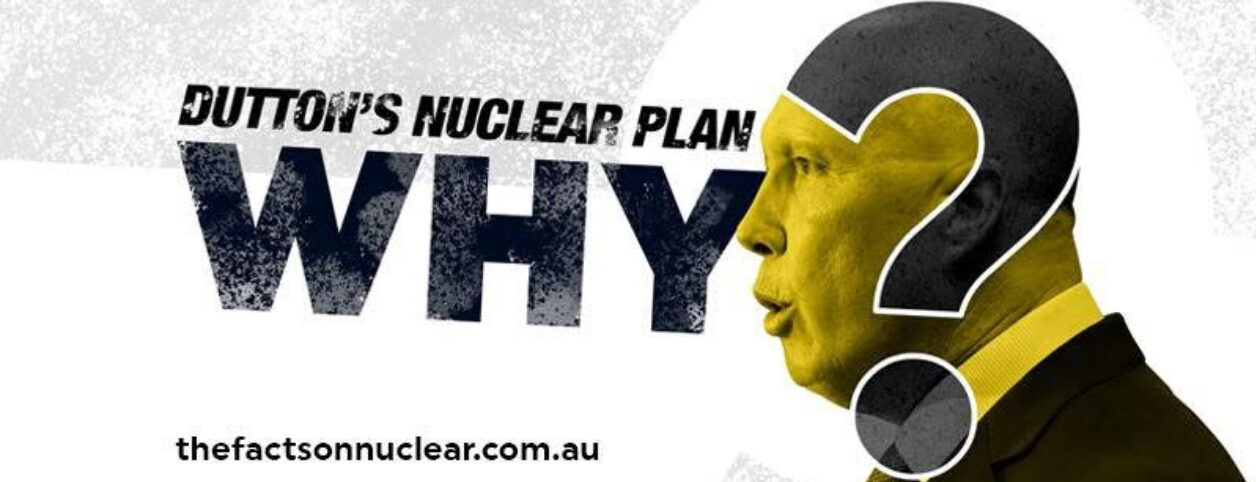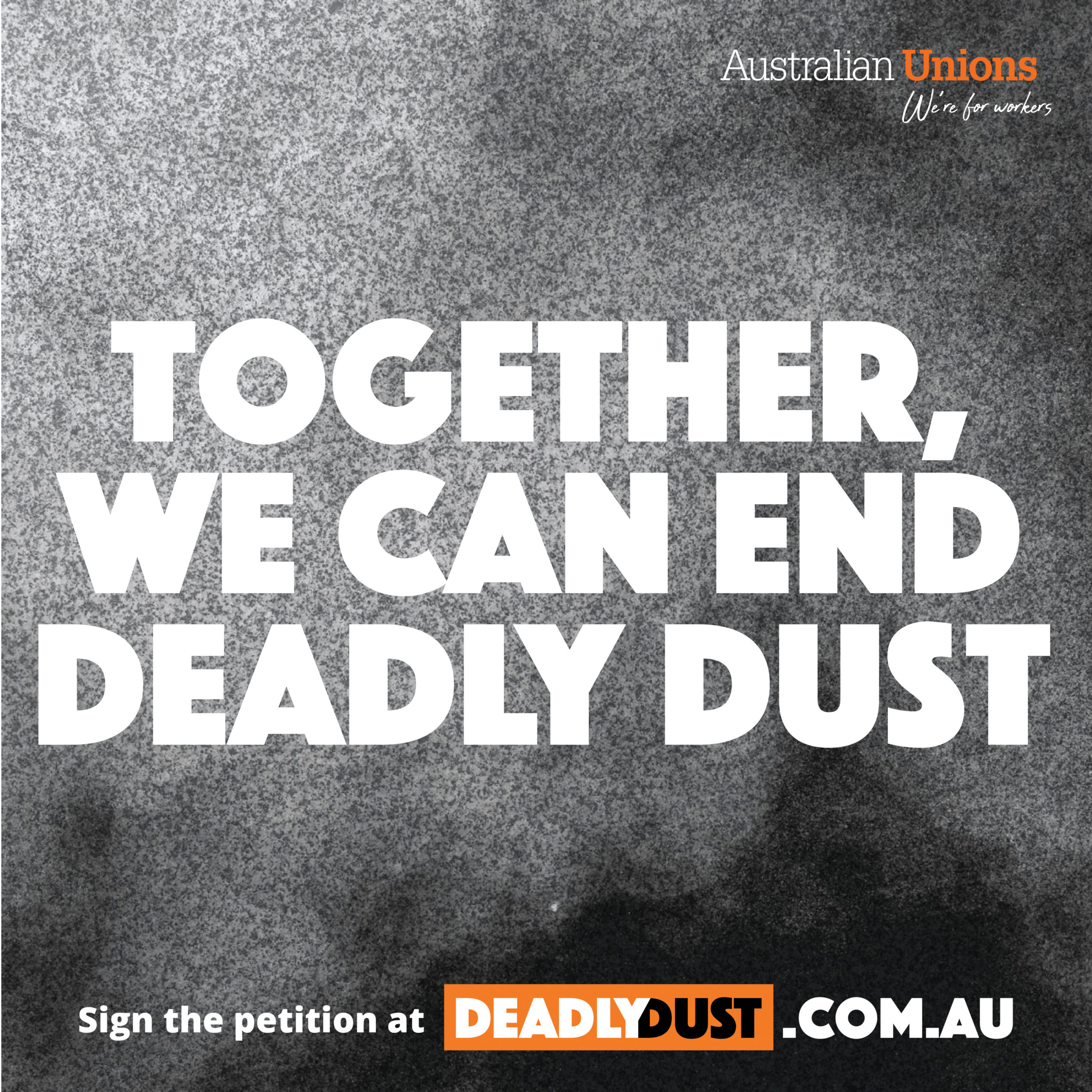Did you see last week’s episode of 60 Minutes on Silicosis?
The episode put the spotlight on this incurable, progressive and in many cases fatal, disease, and why it is crucial that we take action now to save lives and prevent thousands more Australians from breathing in this deadly dust at work.
Missed the episode? You can watch it here.
Showing up at work shouldn’t mean putting your life at risk, but over half a million Australian workers are currently exposed to silica dust across tunnelling, construction, mining and quarrying, and manufacturing jobs and over 10,000 workers are predicted to be diagnosed with it as the result of their current exposure to the dust at work. Some of these workers are electrical workers.
It doesn’t have to be this way. Silicosis is entirely preventable through safe work practices, but employers aren’t always enforcing these practices, and governments are letting them get away with it through weak regulations.
Unions and health experts are calling for a ban on the manufacturing and processing of engineered stone (typically found in kitchen benchtops) which can contain up to 95% crystalline silica – as well as stronger protections from silica dust for all workers.
On 28 February, Workplace Health and Safety Ministers met and announced a strong response to combat this deadly disease, because of the pressure mounting from this campaign. They announced the commencement of consultation and analysis on the introduction of a ban on engineered stone and stronger rules for workplaces where workers are exposed to respirable crystalline silica. The consultation will include both prohibition of the use of engineered stone products along with the introduction of an import restriction that would prevent these deadly products from entering Australia.
The rules for all high-risk silica workplaces that the government has announced would also include strong measures requiring all employers in those high-risk industries to undertake regular air monitoring and report breaches to work health and safety regulators. It will also include a requirement for workers to undertake silica awareness training.
Workers still need to keep up the momentum in this campaign to make sure the government follows through. You can support the campaign by taking the pledge. Add your name to the petition here.
Watch Joanna’s story
What is Silica?
Silica is one of the key components of soil, sand and granite. Fine silica dust is produced during construction, tunnelling, quarrying, excavating, mining, road construction (asphalt) and some manufacturing processes. Fine silica dust is also produced when engineered stone, commonly used for kitchen and bathroom bench tops, is cut or shaped. A 2012 survey estimated 6.7% of Australian workers were exposed to RCS.
What is Silicosis?
Silicosis is a lung disease caused by inhaling tiny bits of silica dust, which can lead to scarring (fibrosis) of lung tissue. Each year around 600,000 Australian workers are exposed to respirable crystalline silica (silica) dust at work. When breathed in, silica dust is small enough to penetrate deep into the lungs, causing irreversible lung damage. It’s incurable, progressive and in many cases fatal. Silica dust also causes lung cancer and other diseases.
What can you do?
Australian workers are dying from an increase in silicosis and silica related lung cancers. A 2021 National Dust Disease Task Force report found nearly one in four workers exposed to silica dust from engineered stone before 2018 have been diagnosed with silicosis and other silica related diseases. Existing workplace health and safety regulations have not been protecting workers. You can support the campaign by signing the petition, calling for a ban on the use of engineered stone and a broad silica regulation, supported by industry codes of practices to save Australian workers’ lives.
Want to know more?
Scroll down this webpage and find factsheets that explain more about silica, silicosis, and how it can affect workers.
Read more ETU news
ETU Apprentice Survey 2025
29 March 2025
Dutton’s nuclear plan… why?
29 March 2025

